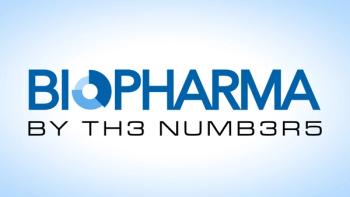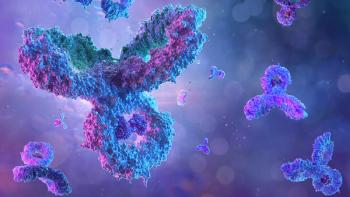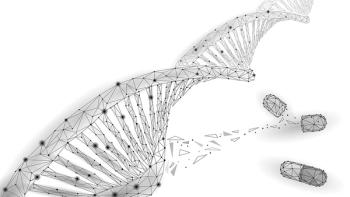
Sartorius Opens New York Demonstration Lab
A new demonstration facility in New York gives Sartorius’ customers hands-on access to bioprocessing systems and lab instruments.
Sartorius has opened its first North American demonstration laboratory in Bohemia, NY to provide customers with access to the company’s upstream and downstream processing systems and laboratory products. The laboratory, part of the company’s new 40,000-sq-ft facility, features hands-on demonstration stations, as well as classroom learning space.
The Long Island-based Sartorius Application Center is modeled after similar application centers in China and Germany. In the FlexLab, customer can view FlexAct systems, Sartocheck bag testers, and TAP Biosystems equipment. Laboratory products on display include scales, balances, and liquid handling systems. In addition, an R&D section showed developments in bioreactors and freeze/thaw equipment.
At a grand opening event on June 2, Sartorius hosted customers, employees, the media, and local government officials for a ribbon-cutting ceremony and facility tours with introductions provided by Mary Lavin, the company’s president for North America.
Source:
Newsletter
Stay at the forefront of biopharmaceutical innovation—subscribe to BioPharm International for expert insights on drug development, manufacturing, compliance, and more.





